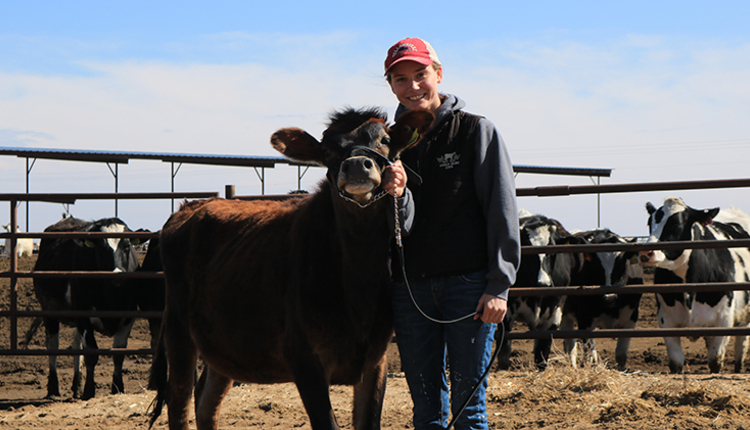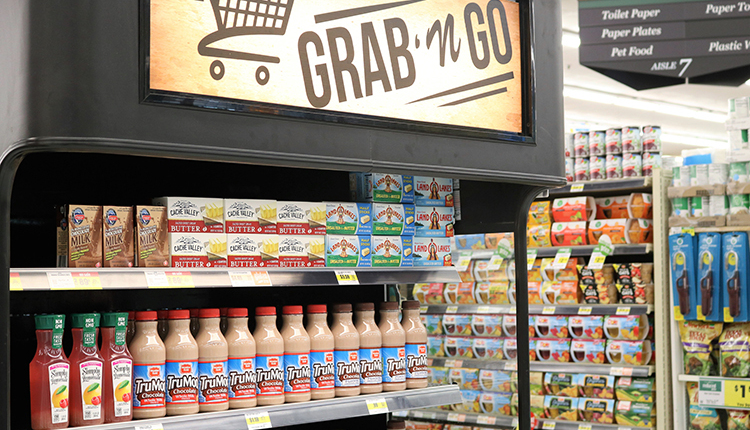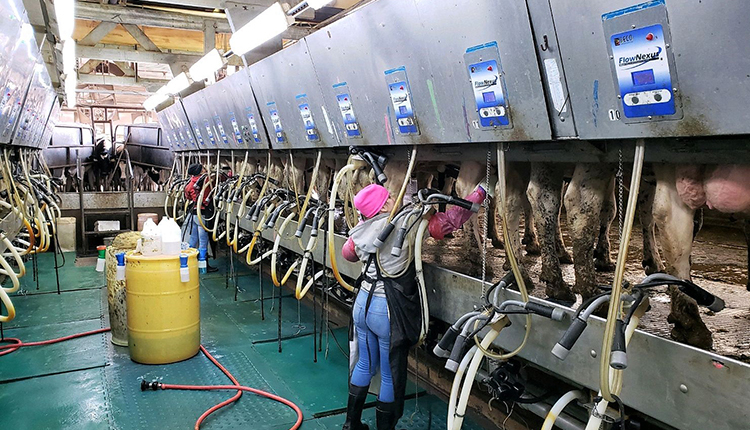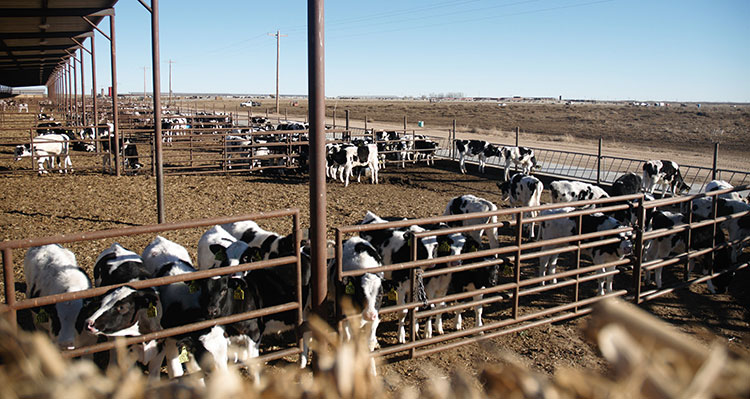
From a business standpoint, the most money saved per heifer on a dairy farm can be saved in the weaned pens. This accounts for calves that are weaned up to when they are around 150 days old. The money savings is due to minimal infrastructure needs, a cheap diet, and, if managed correctly, low medicine usage during this time.
Weaned pens take up a lot less space than individual calf hutches and can be managed with high stocking rates. However, space and square footage per calf still needs to be a priority when creating weaned pens.
- 18 inches of feeding space per animal
- 30 square feet per calf excluding feeding area
- Remember to plan space in future building/expansion plans for weaned housing
2. Low-quality feed
We all know feed costs are the greatest expenditure on dairy farms, and in return, they are one of the easiest ways to trim down on total expenses. But before you decide to take energy or protein out of your heifer diet, calculate feed efficiency. Feed efficiency for a growing animal is measured as pounds of gain per pound of feed.A goal on our farm is to have weaned calves weigh between 350-400 pounds at 150 days old. This is when we move them to a larger group and start incorporating a higher percent of silage in their rations. If we double their weights by weaning (180 pounds), then from 60 to 150 days they need to gain between 170 and 220 pounds.
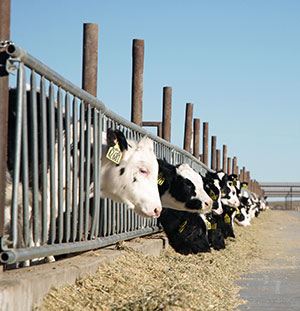
- 14 to 15 percent crude protein for weaned calves based on 2.15 percent body weight per day.
- 1.75 to 2 pounds of average daily gain should correspond to the amount of energy fed. Energy requirements need to fluctuate based on calf size, growth rate, and time of year.
3. Poor ventilation
Anytime I think of poor ventilation I also think of pneumonia. Weaned calves are highly susceptible to illness due to the stress of a new environment, transition from milk to all solid feed, and now group housing and competition from other calves. Clean fresh air is a must, along with dry bedding and access to clean water. You may even consider using medicated water under veterinary supervision the first couple of weeks after weaning or substituting in electrolytes.
When managed well, this period can be a time of low medicine use. However, pneumonia is an infection and diagnosed calves should be treated with antibiotics or some other medication to help fight it.
We spend so much time, money, and space on calves during their first 60 days of life. Moving them out to weaned pens that are overcrowded induces stress and sickness and seems like a step backwards. Giving weaned calves the adequate infrastructure, high-quality feed, and consistent environment they need allows dairies more options for replacements and a higher return on investment per calf.

Christy Achen was the 2018 Hoard's Dairyman summer editorial intern. She grew up on a dairy farm in southwest Kansas. Achen graduated from Utah State University with a degree in agricultural communications and journalism.






